Why SpaceX’s rocket looked like a nebula over Los Angeles
Elon Musk wants to take people to space, but it looked as though he brought space to Earth on Oct. 7 when the launch of a SpaceX Falcon 9 rocket created a spectacular display over the California coast.
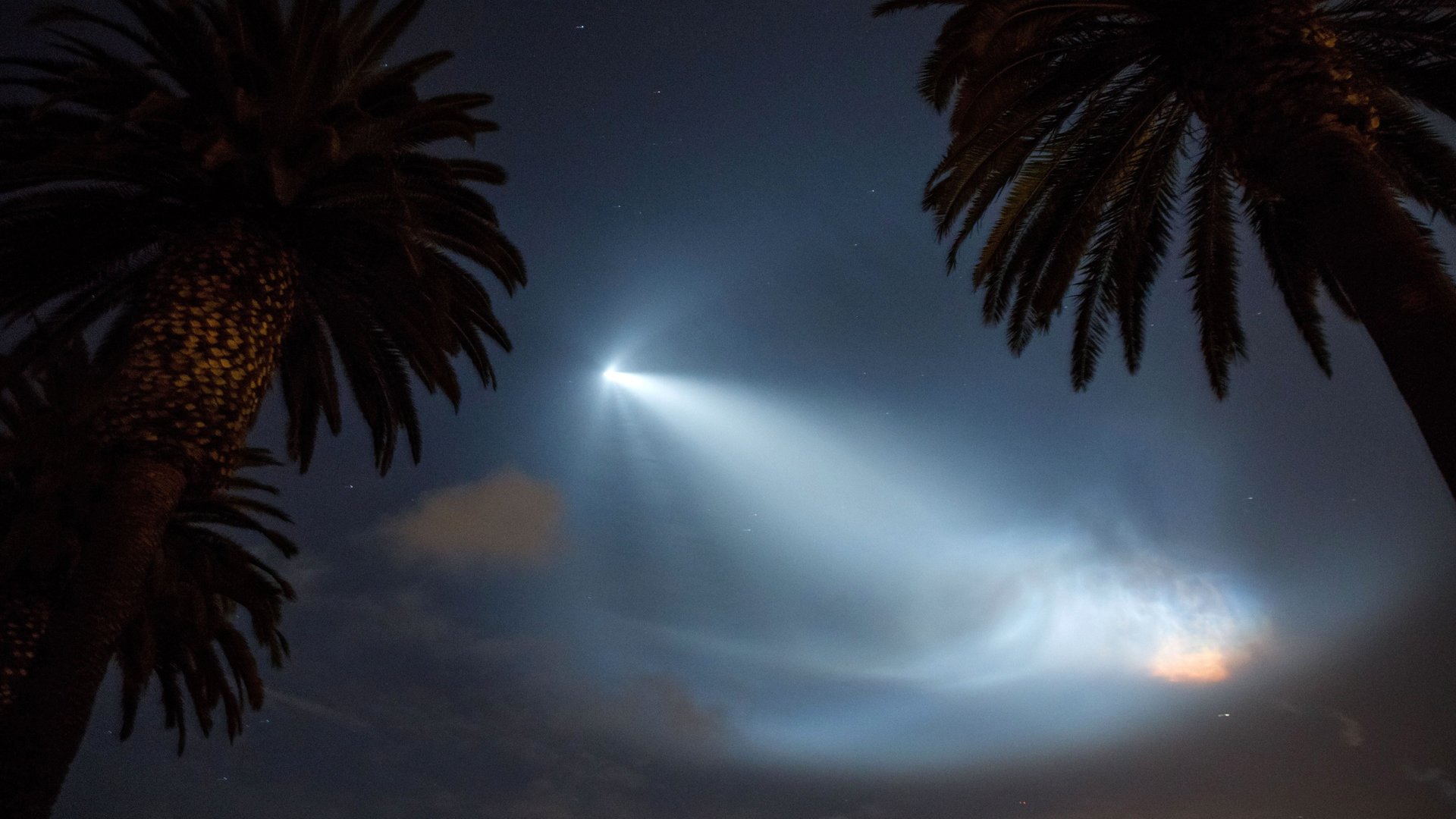

Elon Musk wants to take people to space, but it looked as though he brought space to Earth on Oct. 7 when the launch of a SpaceX Falcon 9 rocket created a spectacular display over the California coast.
Some observers compared the view to the enormous clouds of gases called nebulae that astronomers observe deep in space. In a sense, that’s not far off—both are seen because of starlight’s interaction with the chemicals it passes through.
These views, called “twilight phenomena,” occur during launches from Vandenberg Air Force base on clear days shortly after sunset. They are particularly visible from Los Angeles thanks to the sweep of the California coast and the trajectory of the rocket.
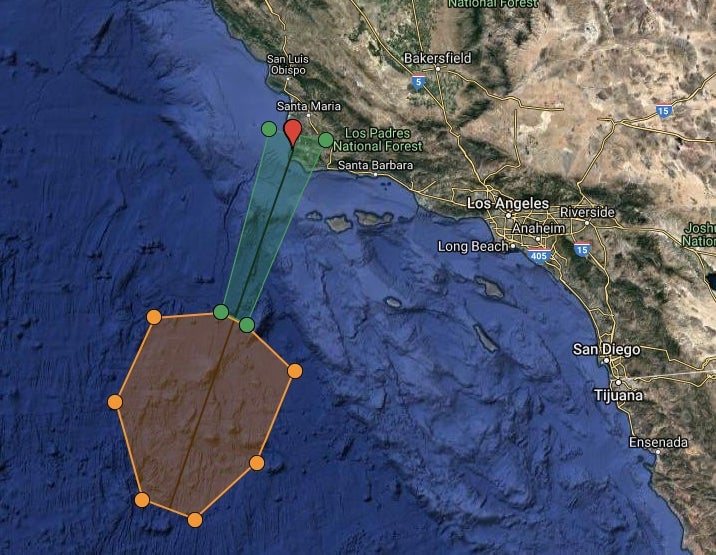
As the Falcon 9 rises out over the Pacific, it reaches altitudes sixty to ninety miles above the earth. There, the sun’s rays are still shining, and can spotlight the vehicle in the otherwise darkened night sky. You can see the Falcon 9 illuminated as it performs a separation maneuver, with the upper stage carrying a satellite into orbit and the lower stage returning to land.
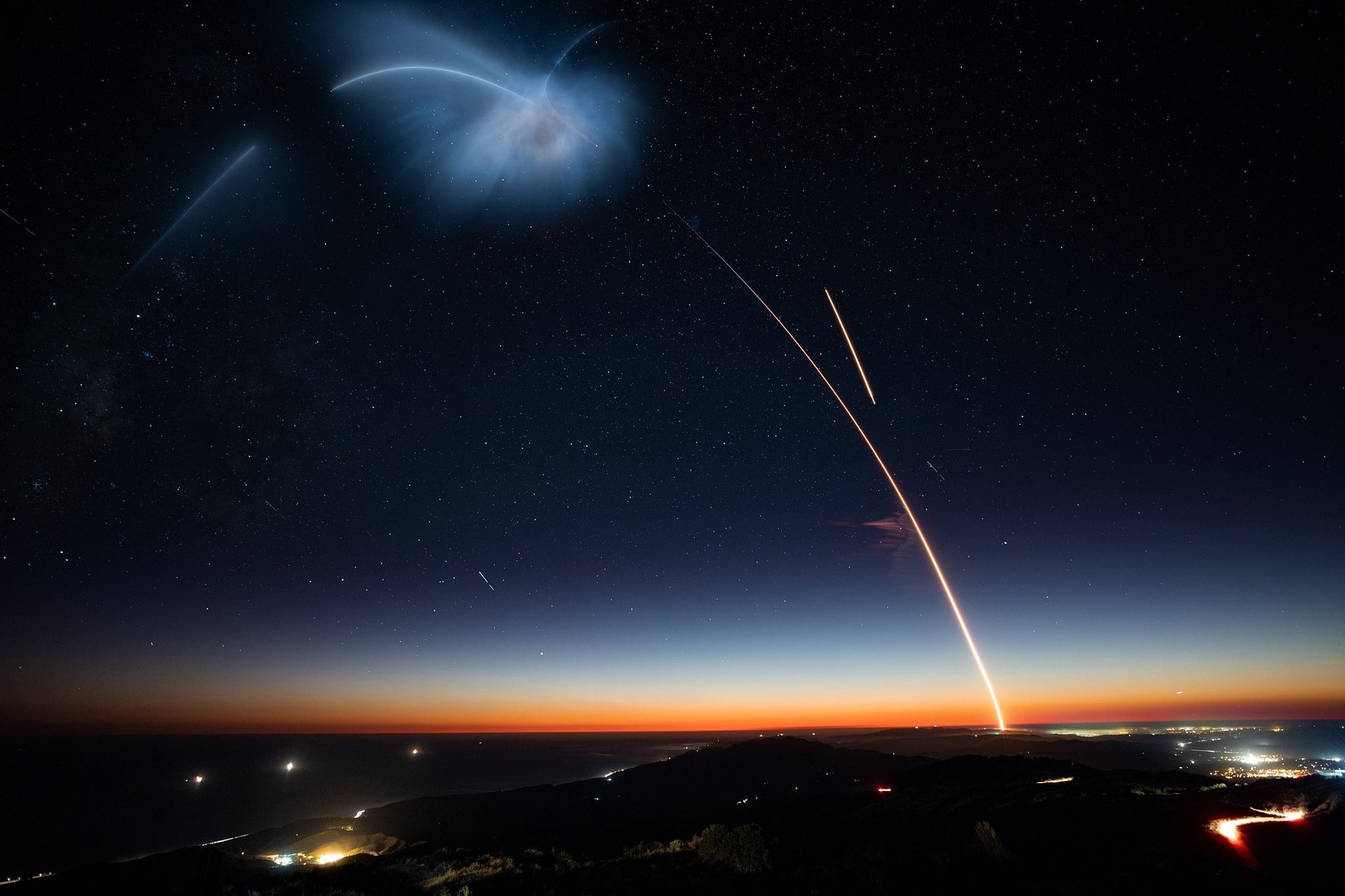
As chemicals from the rocket’s exhaust freeze and drift like clouds through the atmosphere, the sun shines through them as well. The light is refracted through these frozen chemicals at different wavelengths, creating the spectacular displays of color.
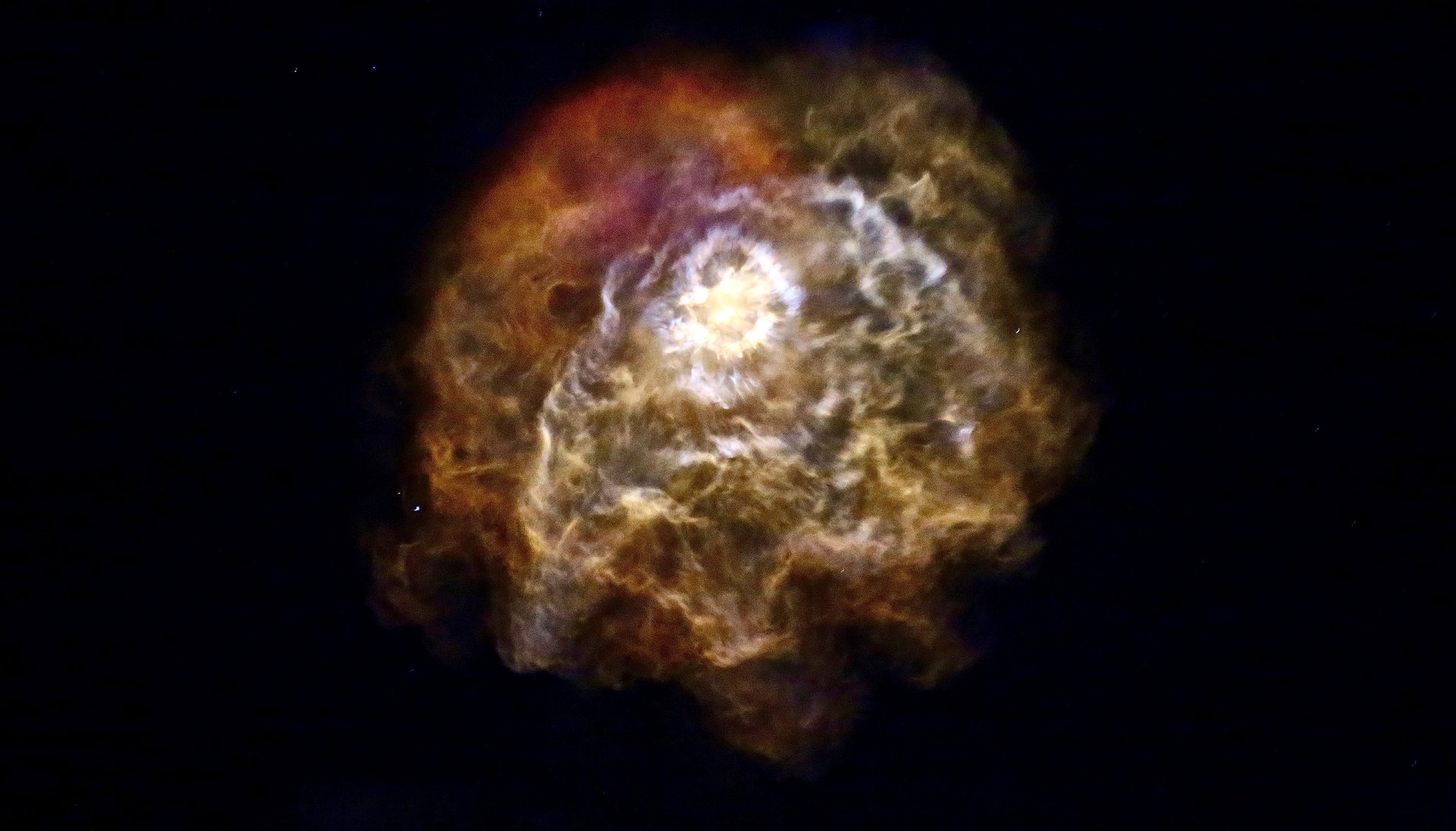
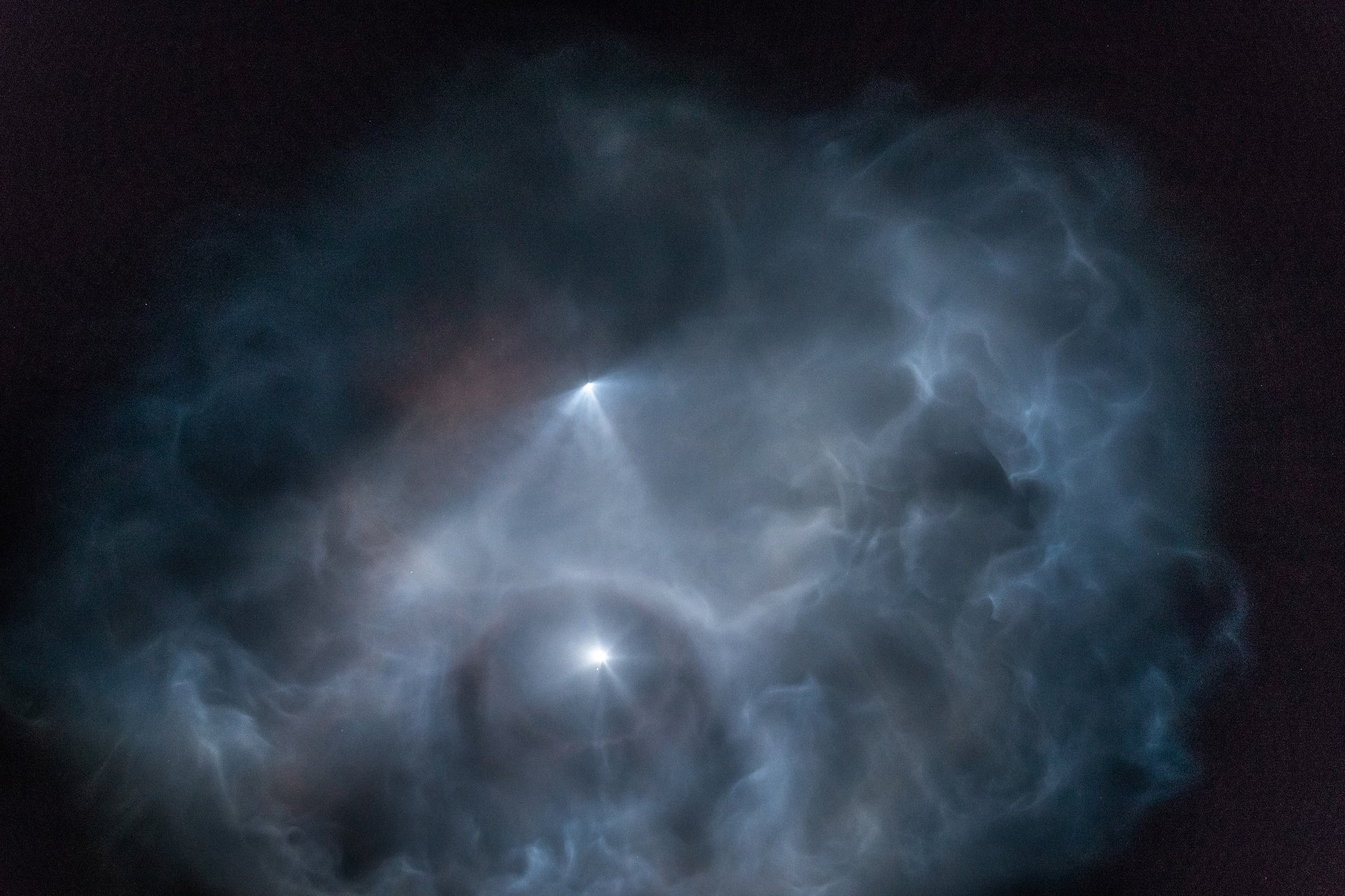
This is essentially the same reason that sunsets take shades of pink, red and purple: As the earth’s rotation carries viewers away from the sun, we can see its light hitting the atmosphere. We perceive different colors because the light is refracted at different angles.
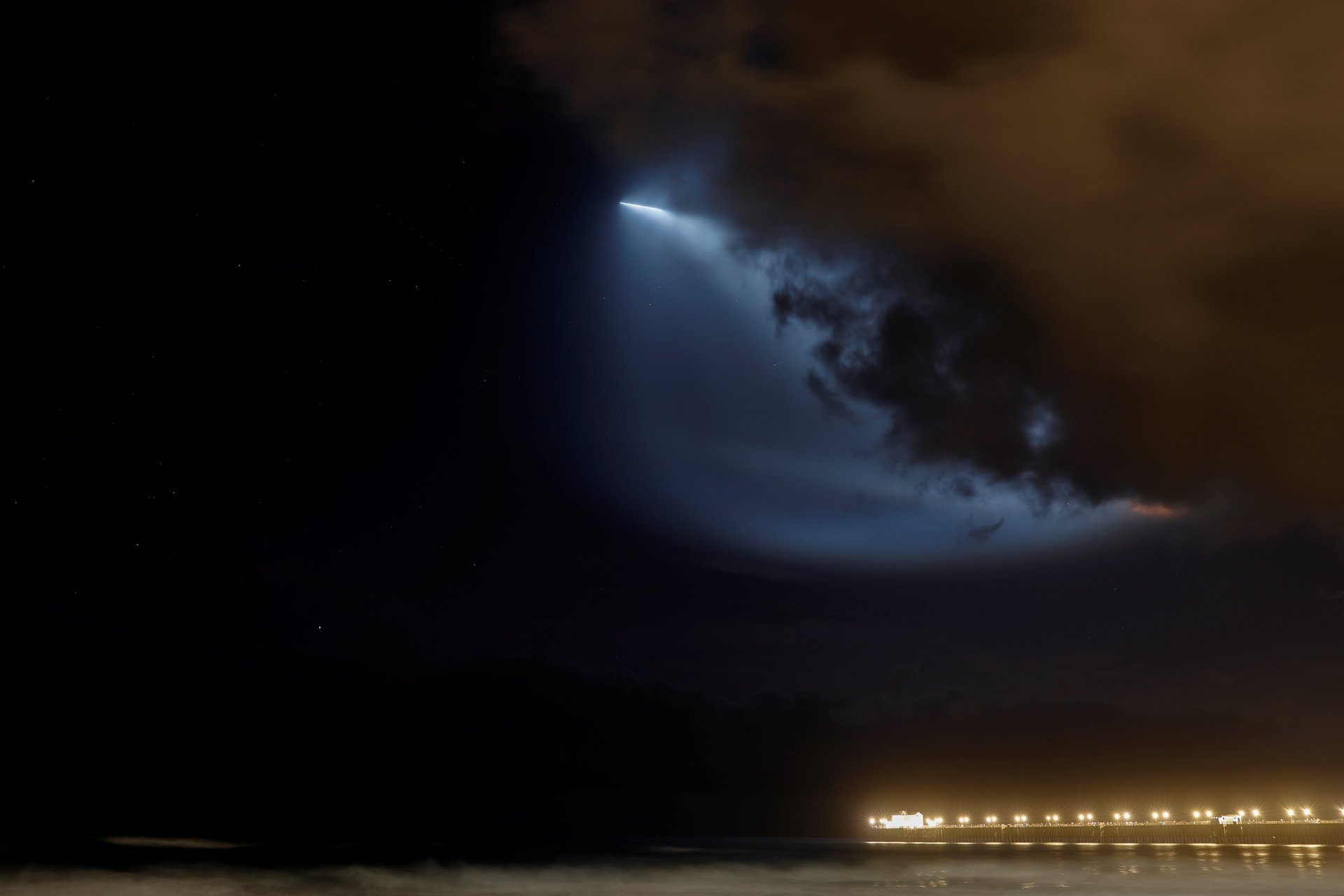
The show is a side-effect of SpaceX’s focus on reusable rockets, which have made it the world’s leading satellite launcher.